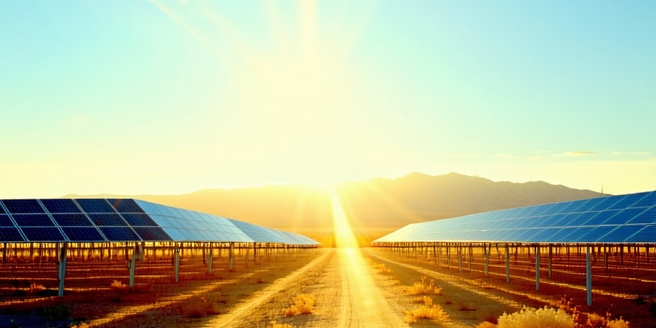
Understanding Solar Panel Basics
Solar panels convert sunlight into electricity using photovoltaic cells. These cells consist of semiconductor materials, typically silicon, that absorb photons from the sun’s rays. When sunlight hits the cell, it knocks electrons loose, creating an electric current. This direct current (DC) is then converted into alternating current (AC) by an inverter, making it suitable for home and industrial use. The efficiency of a solar panel is determined by how much sunlight it can convert into usable electricity. Key factors include the quality of the photovoltaic material, the cell’s surface area, and external conditions like temperature and shading.
How Cloud Cover Affects Solar Energy
Clouds can significantly reduce the amount of sunlight reaching solar panels, which in turn affects their efficiency. Under cloudy conditions, the intensity of sunlight decreases, leading to lower energy production. However, modern solar panels are designed to capture even diffused sunlight, allowing them to function, albeit at reduced efficiency. Innovations in photovoltaic technology continue to enhance performance in less-than-ideal weather. Technologies such as bifacial solar panels can also absorb sunlight reflected from surrounding surfaces, partially mitigating the effects of cloud cover. It is essential for consumers to consider average cloud cover in their location when assessing potential solar energy yield.
Technological Advances in Overcast Conditions
Recent technological innovations focus on improving solar panel performance even in overcast conditions. For instance, bifacial solar panels absorb light from both sides, capturing reflected and scattered sunlight. Additionally, advancements in thin-film solar cells have been promising, as they are more efficient in diffused light compared to traditional silicon panels. Researchers are continuously exploring new materials and manufacturing techniques to further enhance efficiency. Moreover, integrating smart tracking systems that adjust the panel’s angle to maximize light absorption has seen a rise. These technologies aim to optimize energy capture regardless of weather conditions, making solar power a viable option in regions with frequent cloud cover.
Maximizing Output in Cloudy Weather
Maximizing solar panel output during cloudy weather involves strategic installation and technology choices. Positioning panels at optimal angles and using tracking systems that follow the sun’s movement can enhance light absorption. Installing panels in areas with minimal shading can further maximize their efficiency. Additionally, regular maintenance, such as cleaning the panel surfaces, ensures maximum exposure to available sunlight. Using micro-inverters can improve efficiency by optimizing the energy conversion of each panel, rather than relying on a single inverter for the entire system. Incorporating storage solutions like batteries helps store excess energy produced during sunnier periods for use during cloudier times, ensuring consistent energy availability.
Comparing Efficiency: Sunny vs. Cloudy Days
The efficiency of solar panels varies significantly between sunny and cloudy days. On bright, clear days, solar panels can operate close to their maximum capacity, converting up to 20% of sunlight into electricity. However, during overcast conditions, efficiency can drop to around 10-15%. Despite these fluctuations, advancements in solar tech enable panels to harness indirect sunlight, providing some level of power generation even when the sun is not directly visible. Comparative analyses reveal that while output decreases during cloudy weather, strategic use of technology can ensure that systems remain beneficial over the long term.
Future Trends in Solar Technology
The future of solar technology looks toward improving efficiency and adaptability in various weather conditions. Innovations like perovskite solar cells promise higher efficiency rates and lower production costs. Researchers are exploring ways to enhance the lifespan and durability of solar panels. Research into nanotechnology aims to create ultra-thin, flexible solar materials that can function in diffused light. Furthermore, the development of more sophisticated energy storage systems will allow solar energy to become a more reliable resource, even with unpredictable weather patterns. The integration of AI and IoT into solar systems for real-time monitoring and optimization is also on the horizon, ensuring maximum energy capture and management.
